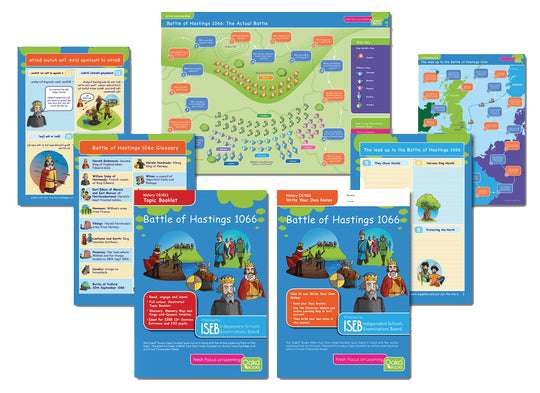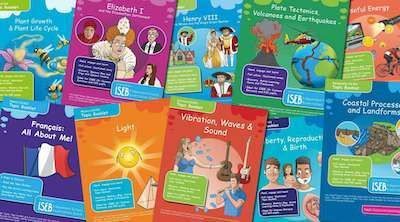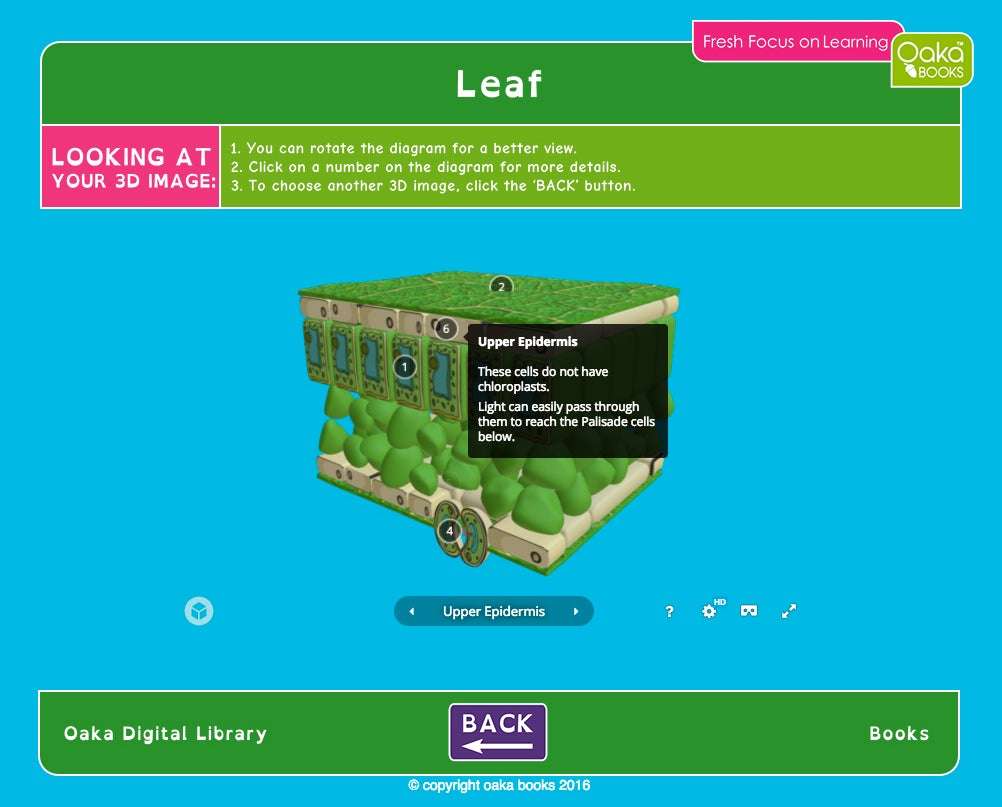During lessons, your behaviour can be as impactful as the material you’re studying.
Your in-lesson approach can either make or break your learning experience, so let’s delve into some “Success Behaviours” specifically designed to optimise your classroom time.
- Front-Row Focus: Take a seat at the front of the class. You’ll find it easier to concentrate, and it also shows the teacher that you’re engaged.
- Friendship vs. Focus: If your friends are more distracting than supportive during lessons, choose to sit away from them.
- Teacher’s Words: Listen intently to what the teacher is saying. The more focused you are, the better you’ll understand the material.
- Banish Distractions: Silence your phone and put it out of sight. You’re here to learn, not to scroll through social media.
- Eye Contact: This simple act can enhance your focus and show the teacher that you are engaged.
- Group Discussions: Don’t sit out during group activities. They offer a different kind of learning and can often clarify your understanding of the subject.
- Recording Permission: For complex topics, consider asking the teacher if you can record their explanations. This can be incredibly helpful for later revision.
- Problem-Solving: Before raising your hand for help, try to solve the problem on your own. You’d be surprised what you can figure out.
- Be Brave: Don’t hesitate to ask questions. Whether you put up your hand during the lesson or approach the teacher afterwards, make your queries known.
- Specific Queries: When you do ask for help, be specific about what you’re struggling with. This will enable the teacher to give you more targeted guidance.
- Instruction Clarification: If you’re unsure about an instruction, ask the teacher to repeat or rephrase it. They might even provide a helpful illustration.
- Note-Taking: Handwritten or typed, make sure your notes are simple and easy to read.
- Highlight Keywords: Make them stand out so your revision becomes more effective later.
- Resource References: Keep track of where you can find more information, whether it’s a textbook or an online resource.
- Red, Yellow, Green Dots: Use these colour-coded dots to indicate sections in your notes that you don’t understand (red), somewhat understand but need more practice (yellow), or thoroughly understand (green).
And that’s it! By adopting these behaviours, you’ll be better prepared to make the most out of each lesson, setting the stage for future academic success!





